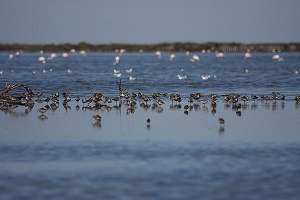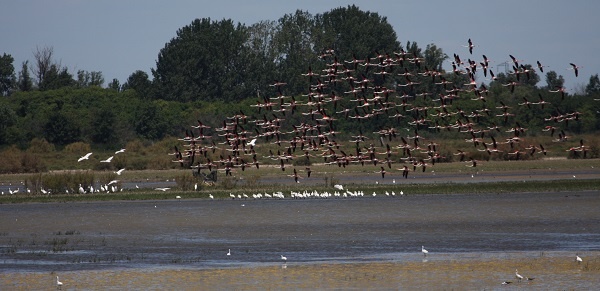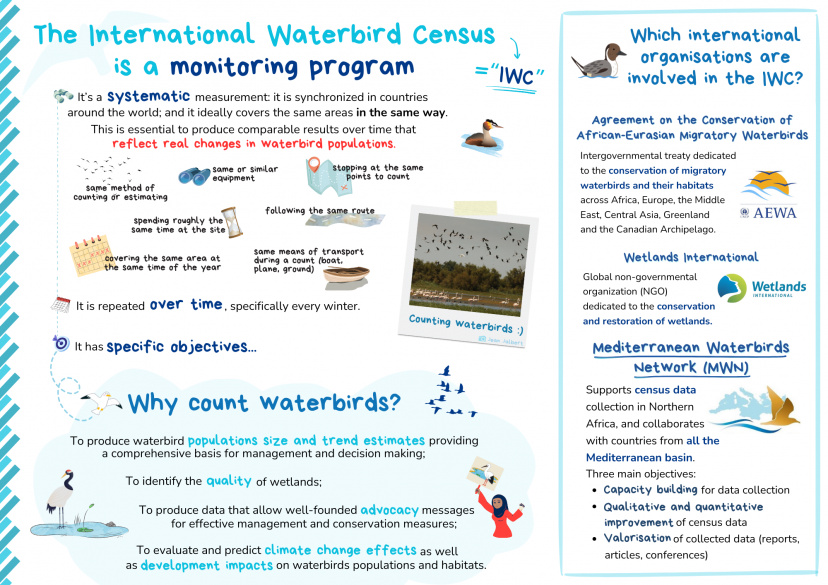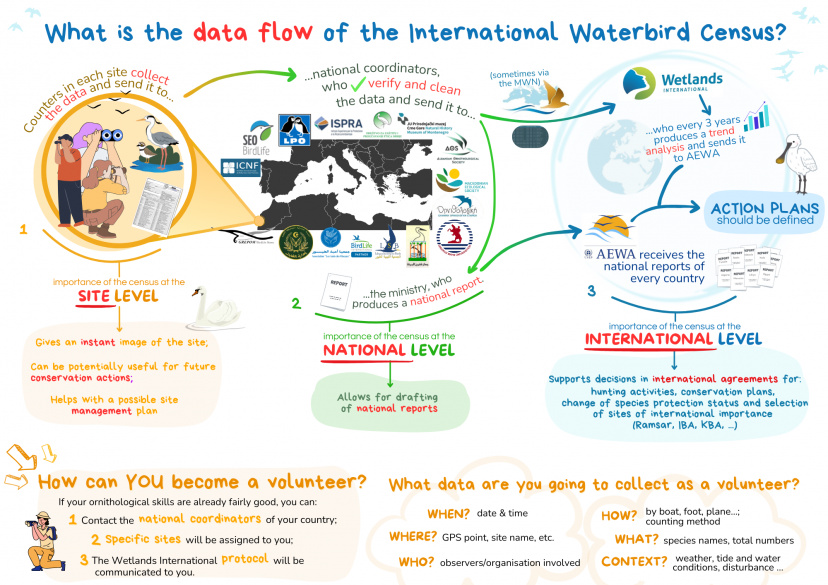
The International Waterbird Census (IWC) is a worldwide on-site monitoring program of waterbird numbers, coordinated since 1967 by Wetlands International.
Why monitoring waterbird numbers?
The objectives of the IWC are to:
- Estimate the size of waterbird populations
- Describe changes in the numbers and distribution of waterbirds
- Assess the importance of individual sites for waterbirds
- Provide the necessary information for the management and the protection of waterbird populations through international conventions, national legislation, etc.
The counts take place every year in January in 143 countries all over the world, and they involve thousands of volunteers. Between 30 and 40 million waterbirds are counted each year around the world. The IWC represents one of the largest and oldest programs for monitoring biodiversity in the world.
How do IWCs help in the conservation of waterbirds and wetlands?
IWCs constitute a simple and effective tool for determining the relative importance of wetlands for waterbird conservation. They help assessing waterbird populations trends and conservation statuses of wetlands, thus contributing to the identification of conservation priorities. Most of the birds concerned by these censuses are migratory species, which explains why regional and international coordination of IWCs is necessary, particularly in terms of developing the capacity of national networks of observers as well as the processing and sharing of the data gathered.

Photo credits: © T. Galewski
Check out our infographic on the IWC!
Why is the International Waterbird Census so important?
✅ Why do we count waterbirds?
✅ Why do we call it a "monitoring program"?
✅ Which international organizations are involved?
✅ What happens to the collected data?
Find all the answers in our infographic!


Useful resources
You can download the guidance on methodology, also available in Arabic: بروتوكول حقلي لعد الطيور امائية.
You can download the count form of the Mediterranean Waterbirds Network (MWN) and adapt it for your own your country.
For more information on this program, visit the Wetlands International webpages dedicated to the IWC or, more specifically, to the African-Eurasian Waterbird Census.




.png)
